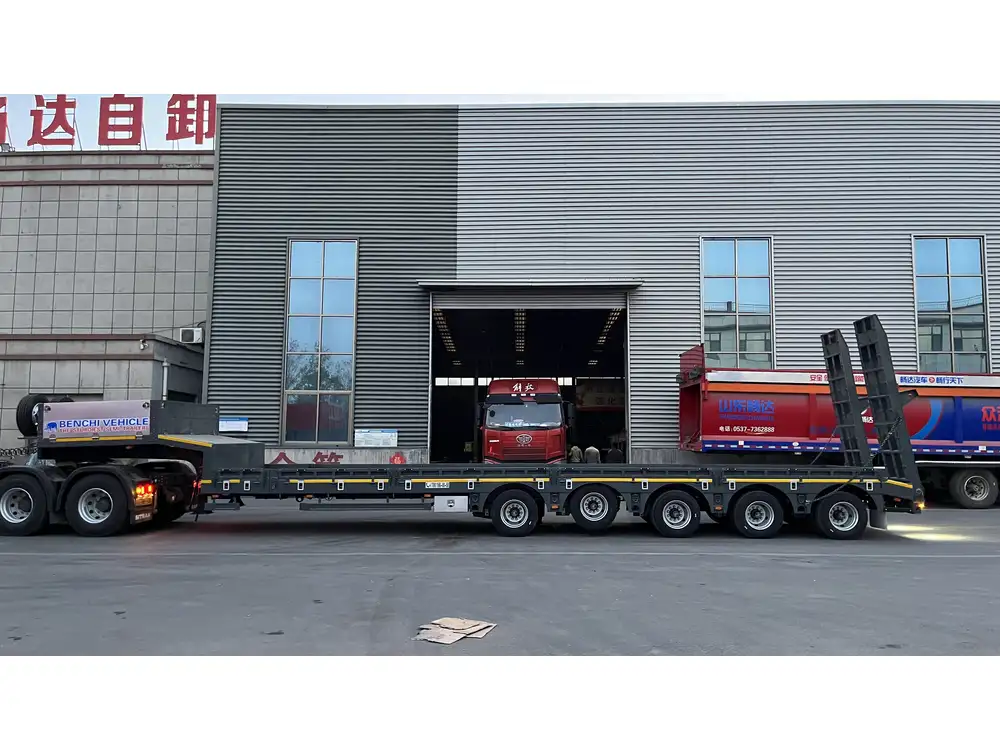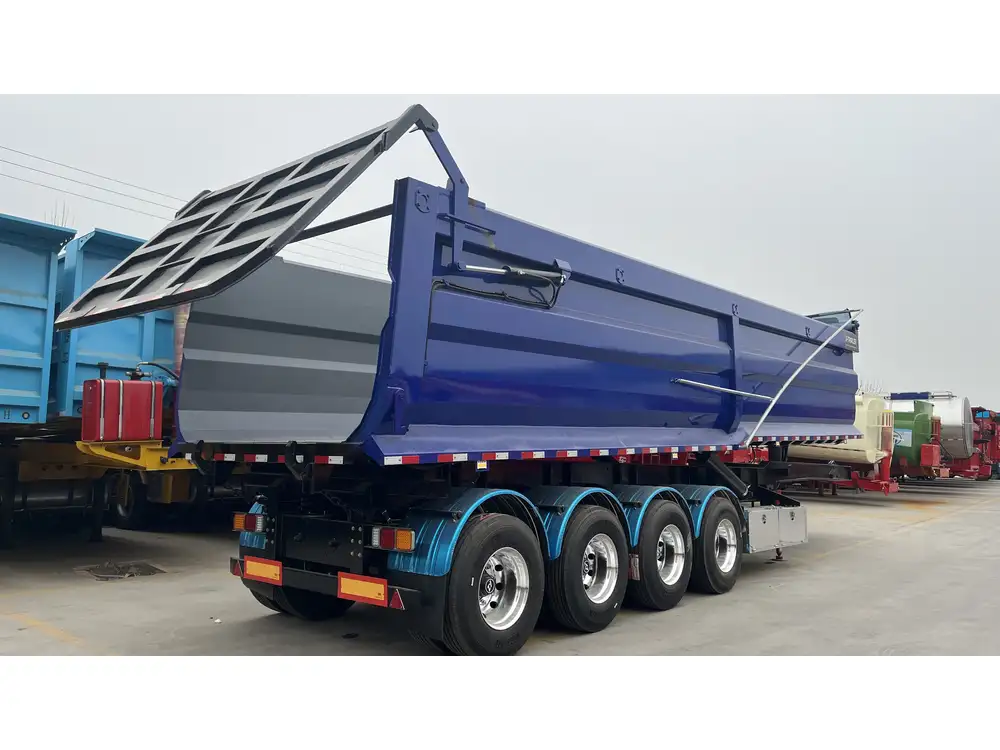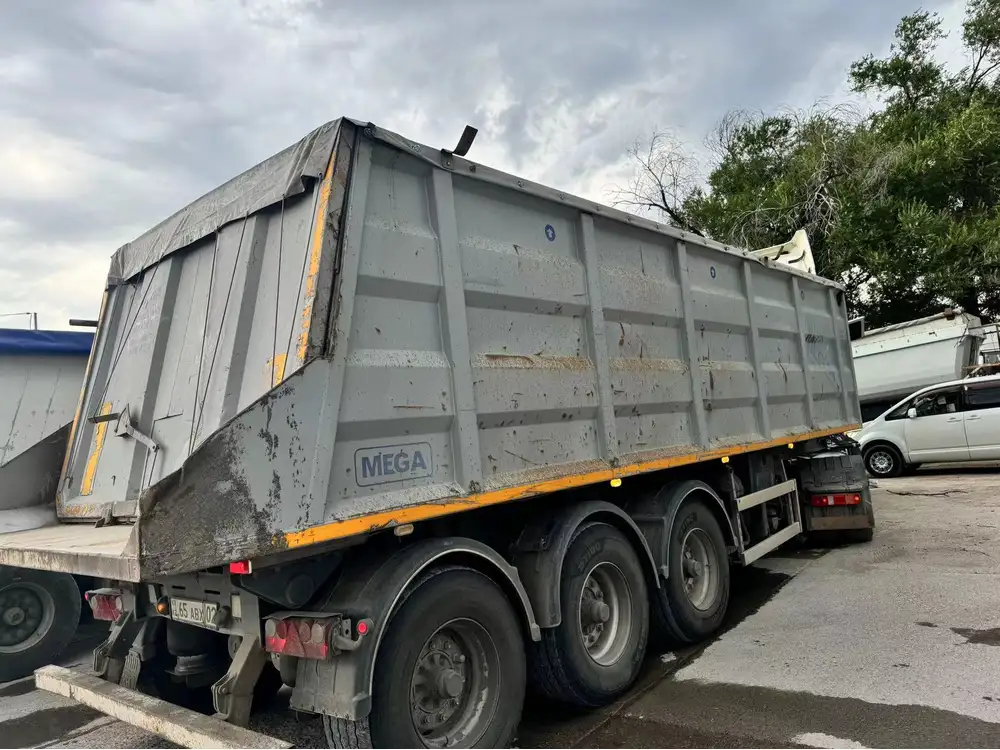When it comes to the transportation industry, a vital question often arises: how many fuel tanks are in truck trailers? This query doesn’t just scratch the surface; it delves into the complexities of fuel management, operational efficiency, and compliance. In this comprehensive guide, we will explore the various configurations of fuel tanks in truck trailers, their importance, and everything you need to know to make informed decisions regarding fuel tank specifications, maintenance, and regulatory considerations.
The Role of Fuel Tanks in Truck Trailers
Importance of Adequate Fuel Storage
Fuel tanks are essential for long-haul transportation. They directly influence how far a truck can travel without needing to refuel. Understanding these tanks’ capacities and configurations is crucial for logistics and fleet management.

Key Factors Influencing Fuel Tank Configurations
| Factors | Description |
|---|---|
| Distance per hauler | Longer trips require more fuel capacity to minimize stops and maximize efficiency. |
| Weight considerations | Excess weight from fuel affects payload capacity and fuel consumption. |
| Local regulations | Varying regulations on fuel tank capacity can impact how many tanks can be installed. |
| Type of cargo | Some shipments require longer journeys, dictating the need for larger or multiple fuel tanks. |
Types of Fuel Tanks in Truck Trailers
There are generally two types of fuel tanks used in truck trailers:
- Single Fuel Tank
- Dual Fuel Tank
Each configuration caters to specific operational needs and compliance regulations.
Single Fuel Tank
The single fuel tank is the traditional setup. Typically constructed from steel or aluminum, it offers a streamlined approach to fuel storage.
Advantages:
- Simplicity in design.
- Easier to maintain due to fewer components and connections.
- Lighter weight translates to higher payload capacity.
Disadvantages:
- Limited fuel range.
- Requires more frequent refueling during long-haul routes.

Dual Fuel Tank
The dual tank system has become increasingly common, especially within fleets prioritizing efficiency and range.
Advantages:
- Extended range of travel without refueling.
- Flexibility in load distribution.
- Reduces downtime, thereby increasing operational productivity.
Disadvantages:
- More complex design can lead to additional maintenance costs.
- Higher initial purchase costs due to more material and components.
Determining Fuel Capacity: How Many Tanks?
Standard Configurations
In many standard configurations, trucks may feature:
- A single tank with a capacity ranging from 50 to 150 gallons.
- Two tanks, each functioning with a shared capacity of around 75 to 100 gallons, significantly increasing overall capacity and range.

Typical Calculated Fuel Ranges
| Tank Configuration | Total Capacity (Gallons) | Estimated Average Range (Miles) |
|---|---|---|
| Single Tank | 50-150 | 400-1,200 |
| Dual Tank | 150-200 | 1,000-2,000 |
Modular Fuel Tanks
Some manufacturers are now producing modular systems that allow for customizable tank sizes to cater to specific operational needs. This flexibility provides fleets with the option to optimize their configurations without being locked into standard sizes.
Compliance and Regulatory Considerations

Environmental Regulations
Understanding the local and federal regulations governing fuel tank sizes and emissions is crucial for compliance. For instance:
- EPA Regulations: The Environmental Protection Agency has strict guidelines on fuel tank designs to ensure safety and reduce leaks and emissions.
- DOT Regulations: The Department of Transportation outlines safety standards that trailer manufacturers must adhere to, impacting fuel tank designs.
Suggested Checklist for Compliance
- Verify compliance with EPA and DOT regulations.
- Ensure tanks are designed to prevent leaks and spills.
- Conduct regular maintenance checks and documentation.
- Stay updated on changes in fuel management regulations.
Maintenance of Fuel Tanks

Importance of Regular Inspection
Regular inspection and maintenance of fuel tanks not only ensure compliance but also enhance operational efficiency.
Key Maintenance Practices
| Practice | Description |
|---|---|
| Visual Inspections | Regular checks for leaks, corrosion, or damage. |
| Fuel Quality Checks | Ensuring the fuel is free from contamination and sediment. Optimize burn efficiency. |
| Sensor Installation | Use level sensors to monitor fuel levels accurately. |
Addressing Common Concerns in Fuel Management

Fuel Theft and Security
Fuel theft is a significant concern in the industry. Implementing protective measures for fuel tanks can minimize risks.
Effective Security Measures
- Locking Fuel Caps: Install tamper-proof caps to deter unauthorized access.
- Fuel Tank Alarms: Utilize electronic monitoring systems to alert fleet managers of suspicious activity.
- Location Tracking: GPS systems provide real-time tracking of trailers to enhance security.
Fuel Efficiency
Improved fuel efficiency not only cuts costs but also reduces the truck’s environmental footprint.

Tips for Maximizing Fuel Efficiency
| Strategy | Description |
|---|---|
| Proper Maintenance | Regular checks and servicing reduce engine strain and enhance fuel efficiency. |
| Optimize Load Distribution | Correctly distributing payload within the trailer can significantly impact fuel economy. |
| Adopt Best Practices | Train drivers on fuel-efficient driving habits such as maintaining steady speeds and avoiding excessive idling. |
The Future of Fuel Tanks in Truck Trailers
As technology advances, the future of fuel tank management in truck trailers is evolving rapidly. Exceptions such as electric and hybrid trucks are emerging alongside traditional diesel options. They not only promise a greener future but also urge existing technology manufacturers to innovate further.
Trends to Watch
- Smart Tank Technology: Sensors that monitor fuel usage in real-time, enabling better route planning and fuel management.
- Alternative Fuels: With the rise of electric and biodiesel options, many fleets are exploring hybrids as a compromise between traditional fuels and greener alternatives.
- Regulatory Changes: Anticipation of stricter environmental regulations that may require reduced emissions from fuel tanks, pushing the industry towards innovation.

Conclusion
Grasping the intricacies of how many fuel tanks in truck trailers is pivotal for fleet managers and operators. By understanding the configurations, compliance requirements, and best practices surrounding fuel tank management, stakeholders can optimize their operations. Investing in efficient fuel systems not only boosts productivity but can also play a significant role in reducing operational costs over time. By staying informed about industry trends and innovations, companies can position themselves for success in an ever-evolving market.
Combining simplicity with advanced technology, the right fuel tank setup empowers fleets to conquer long-haul challenges efficiently while ensuring compliance and security. Ultimately, making informed choices today can lead to smoother journeys tomorrow.



